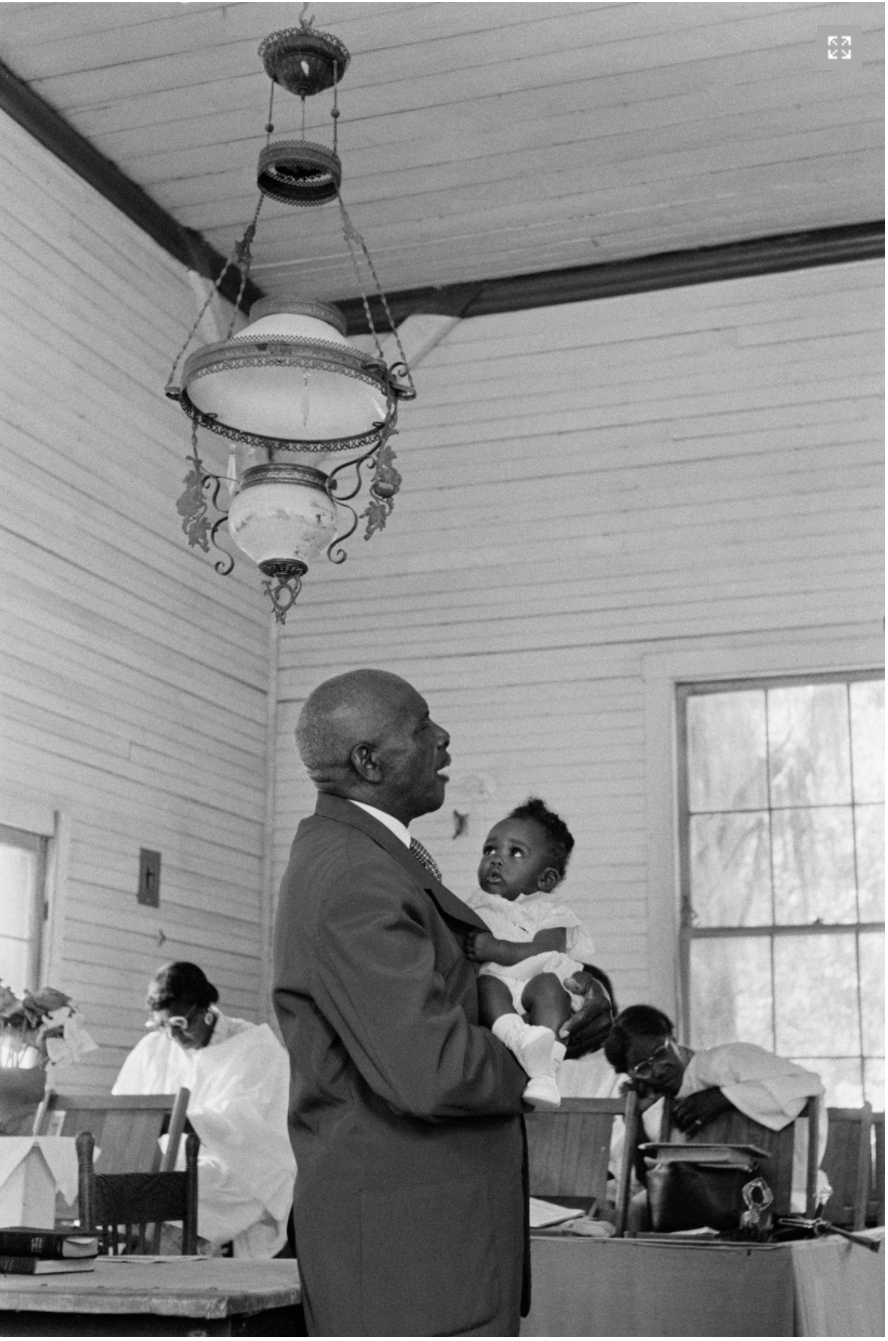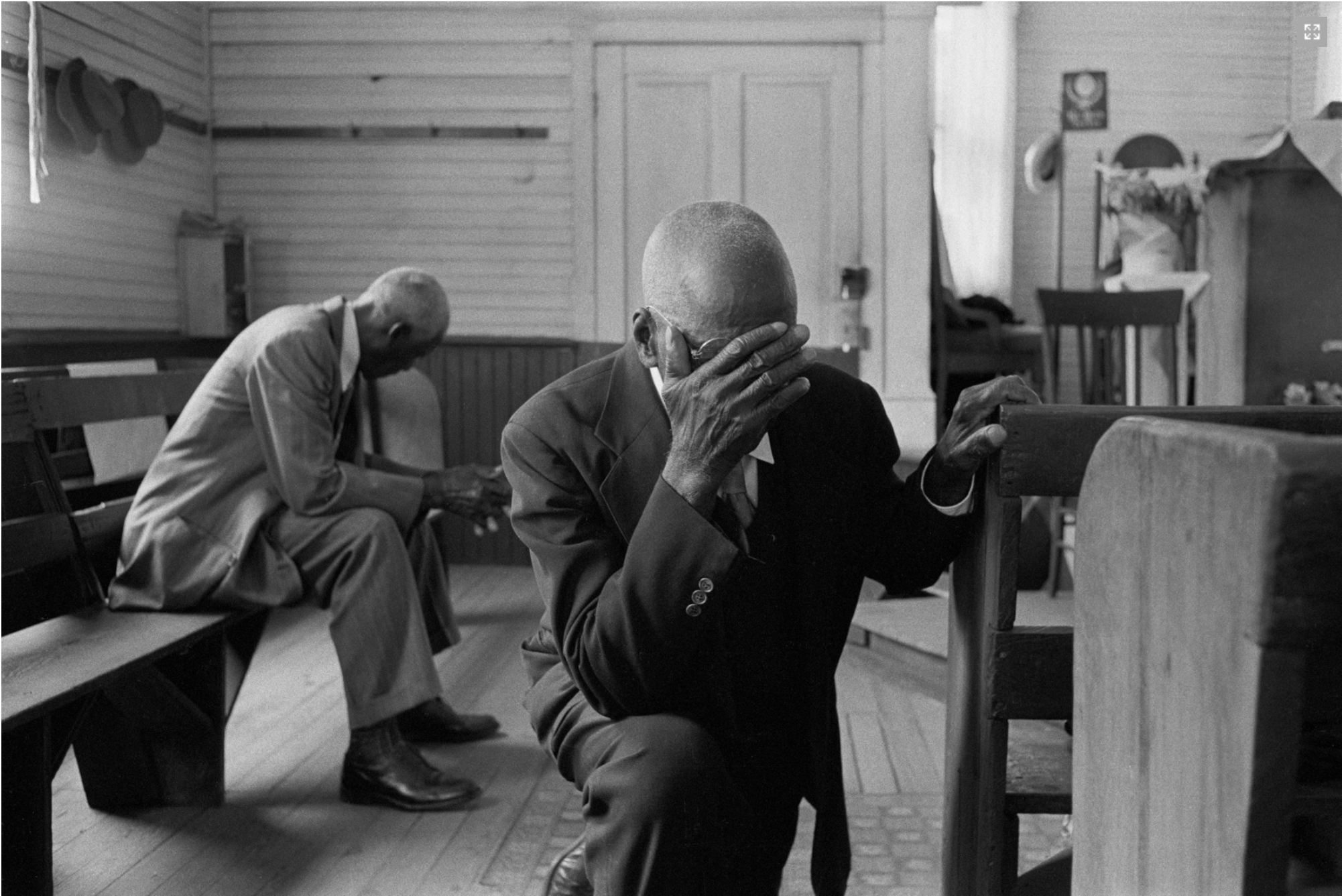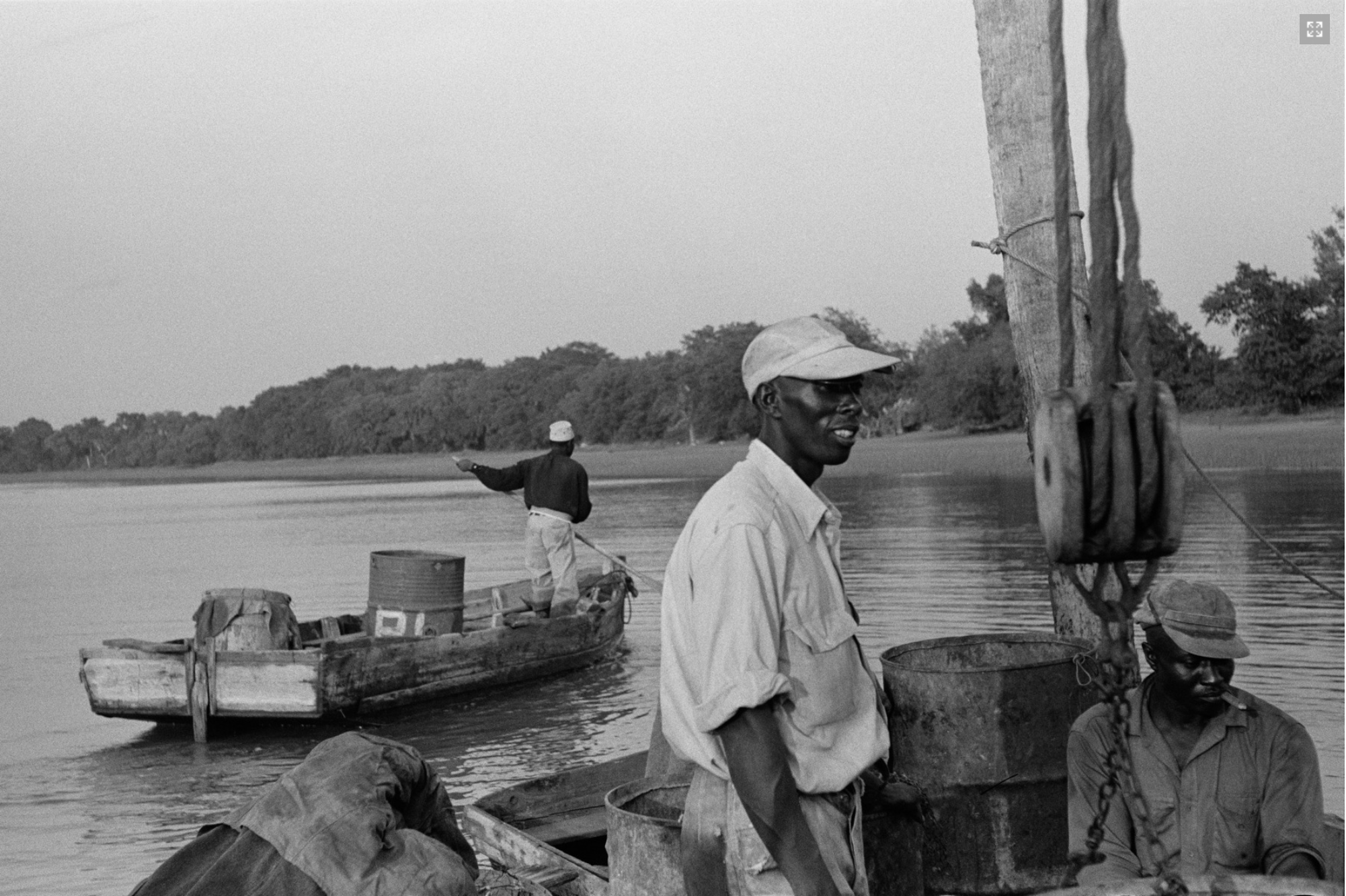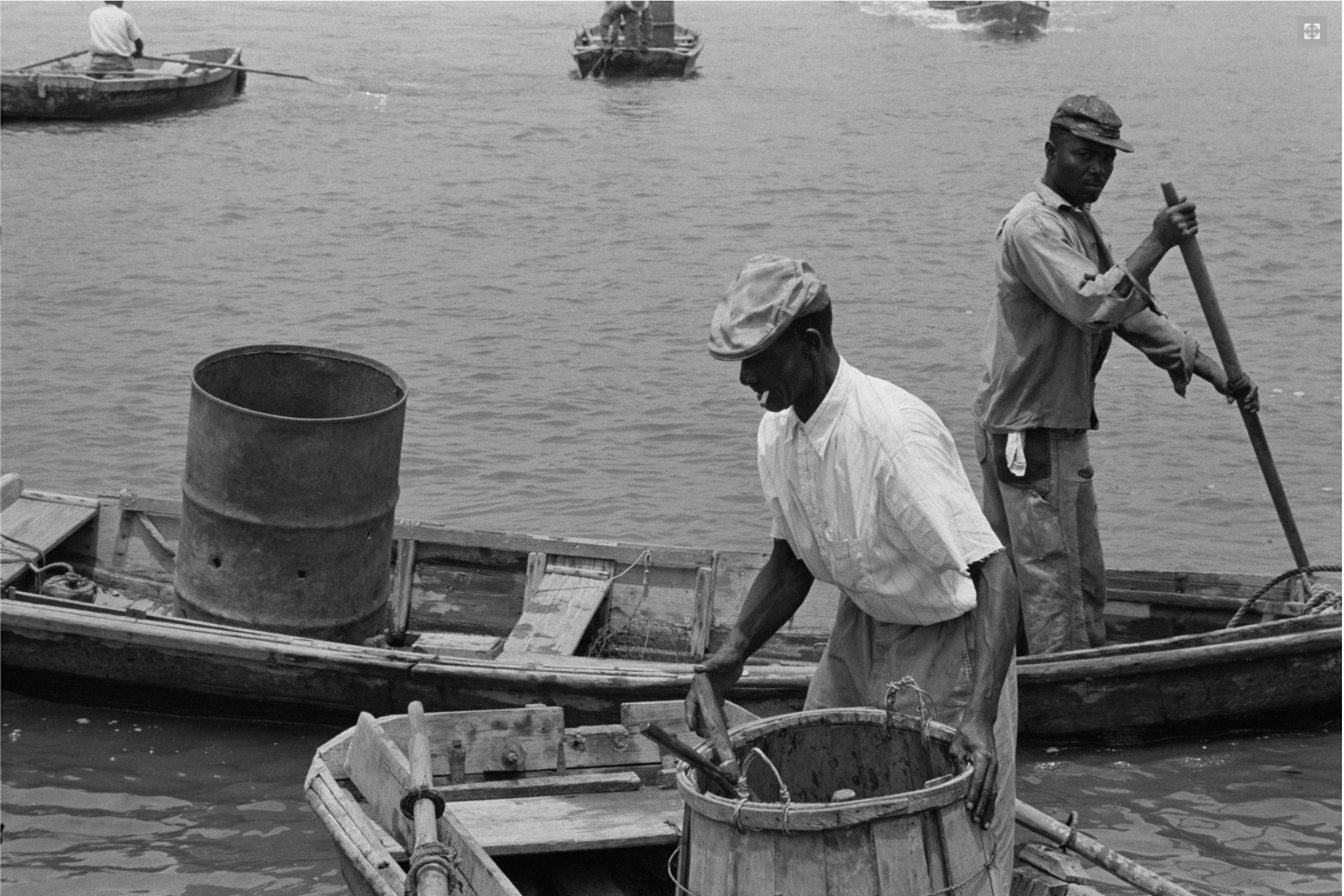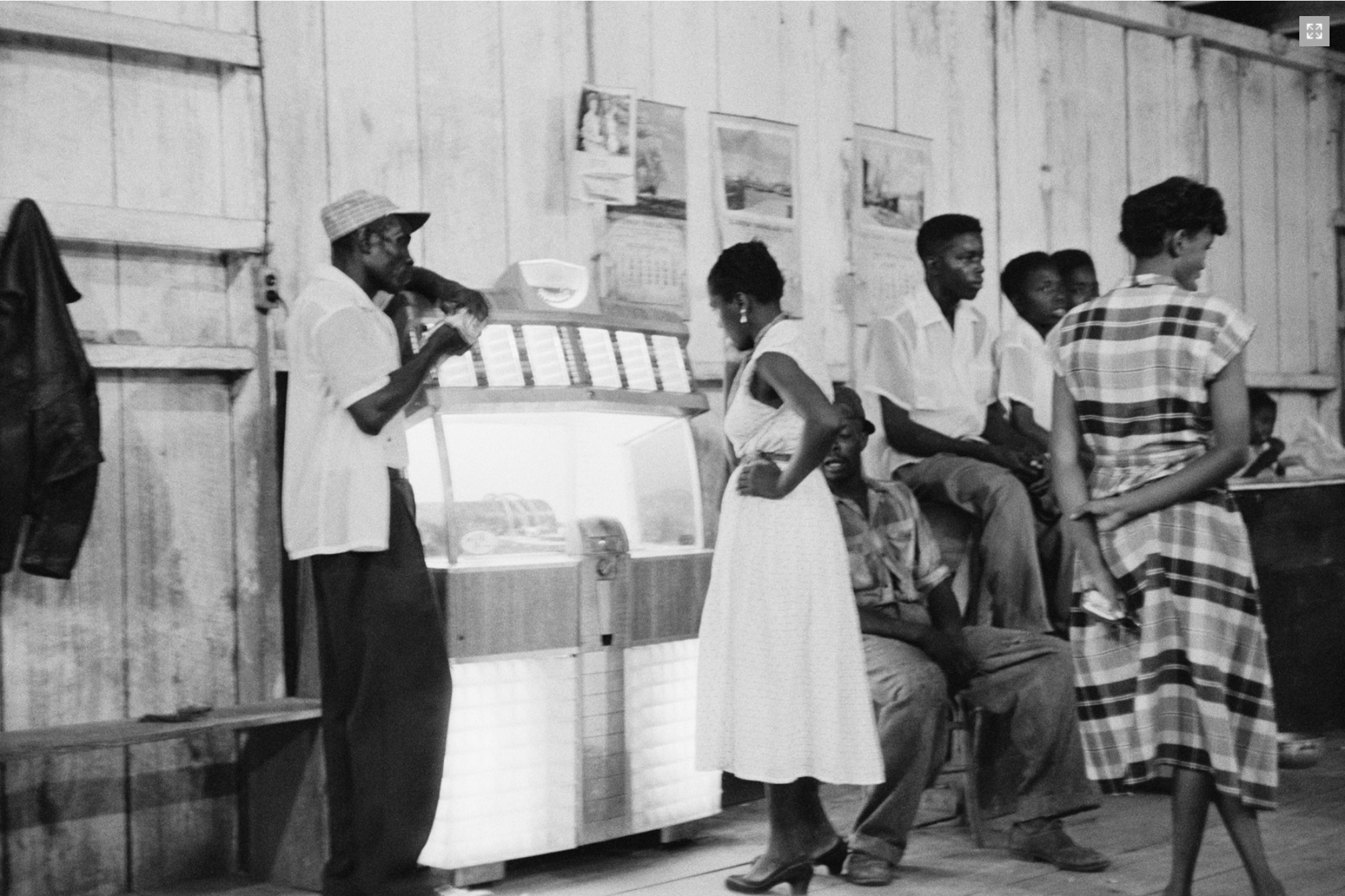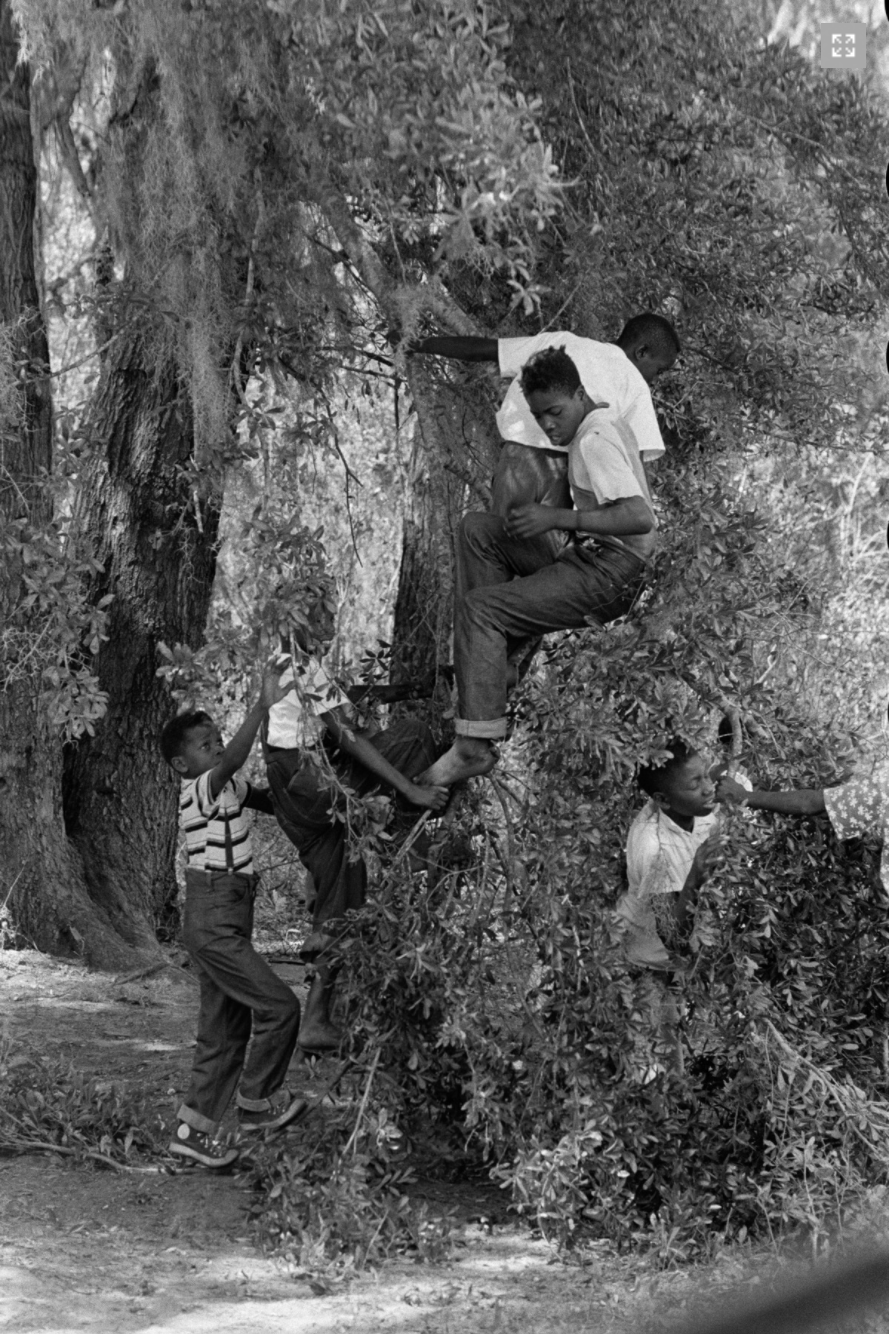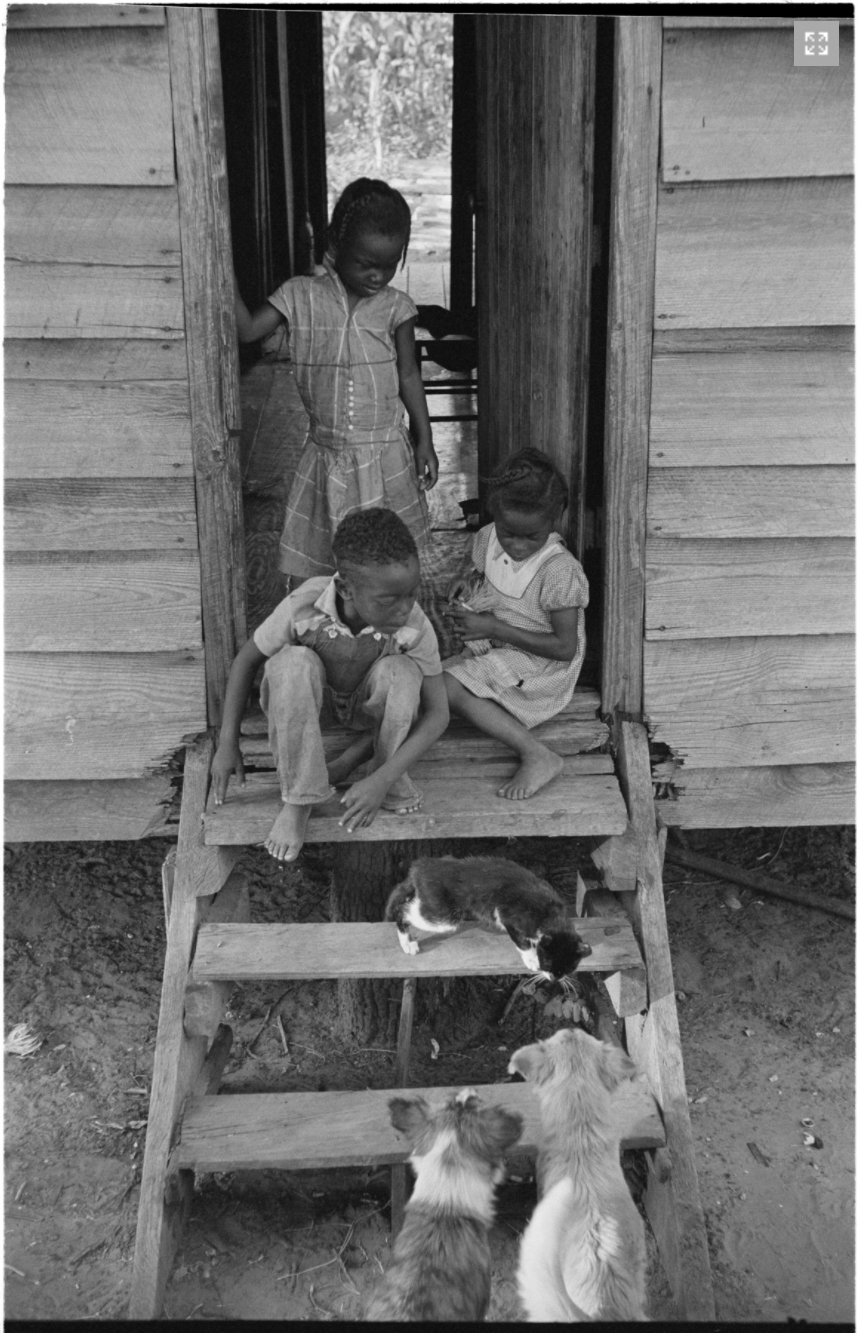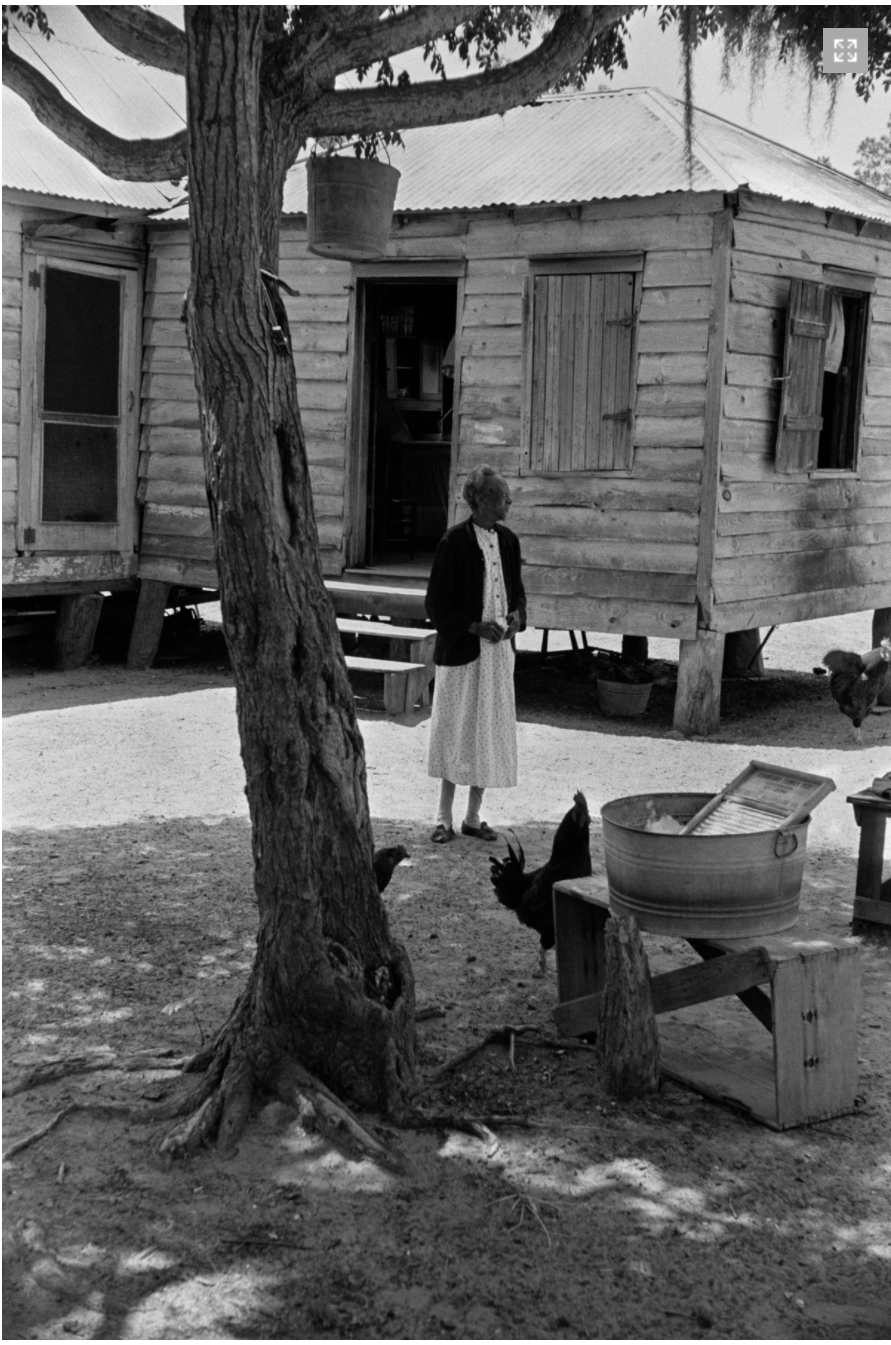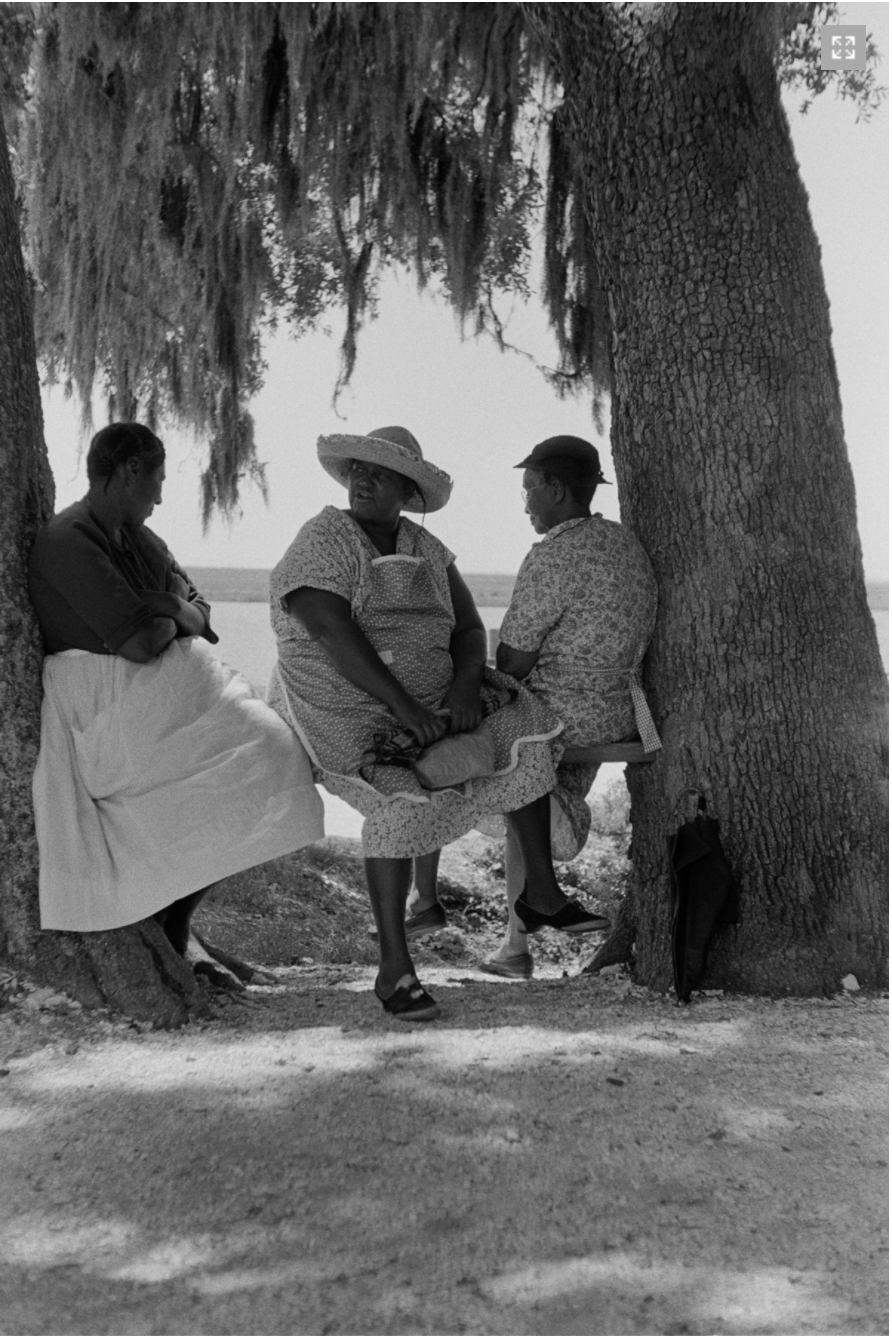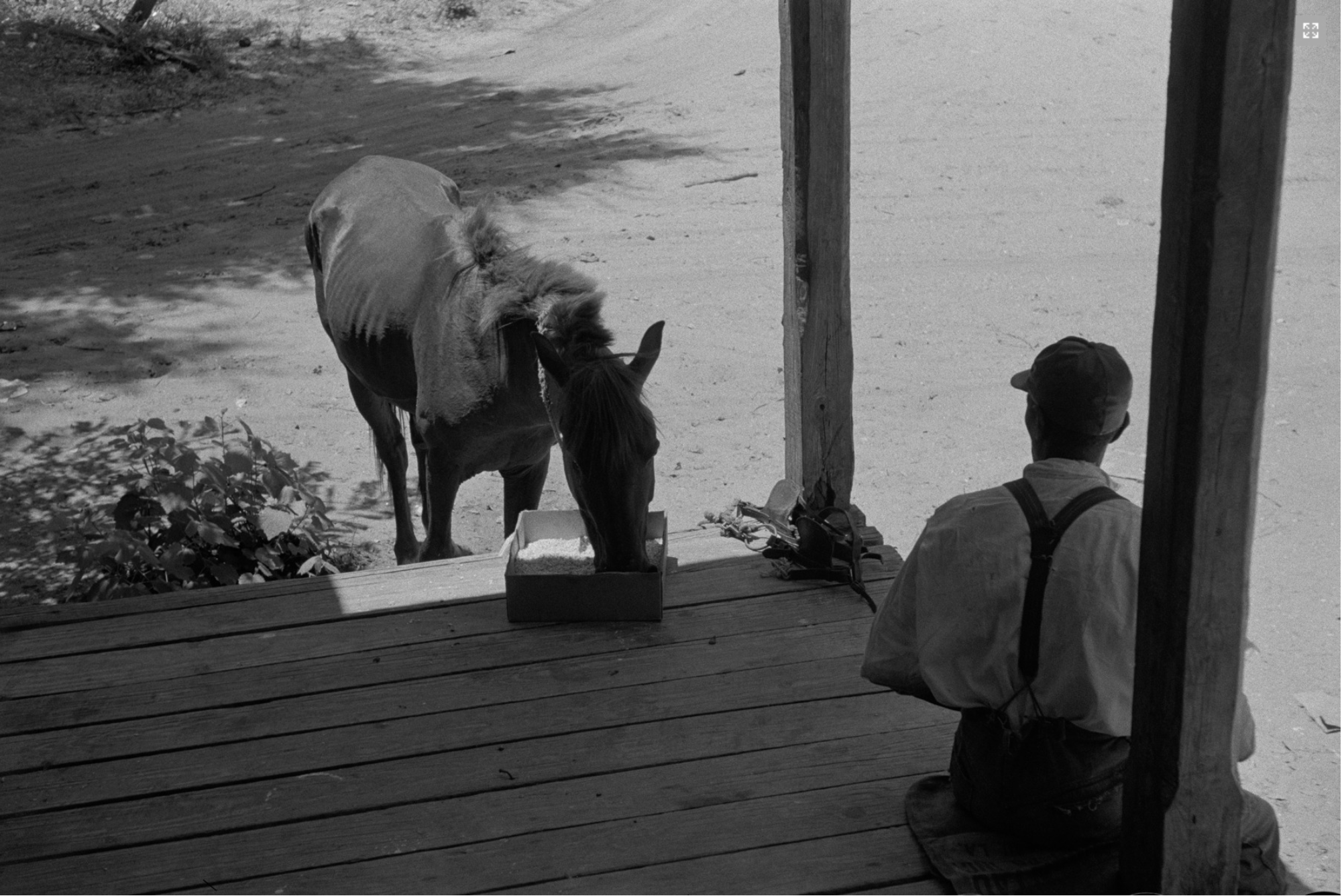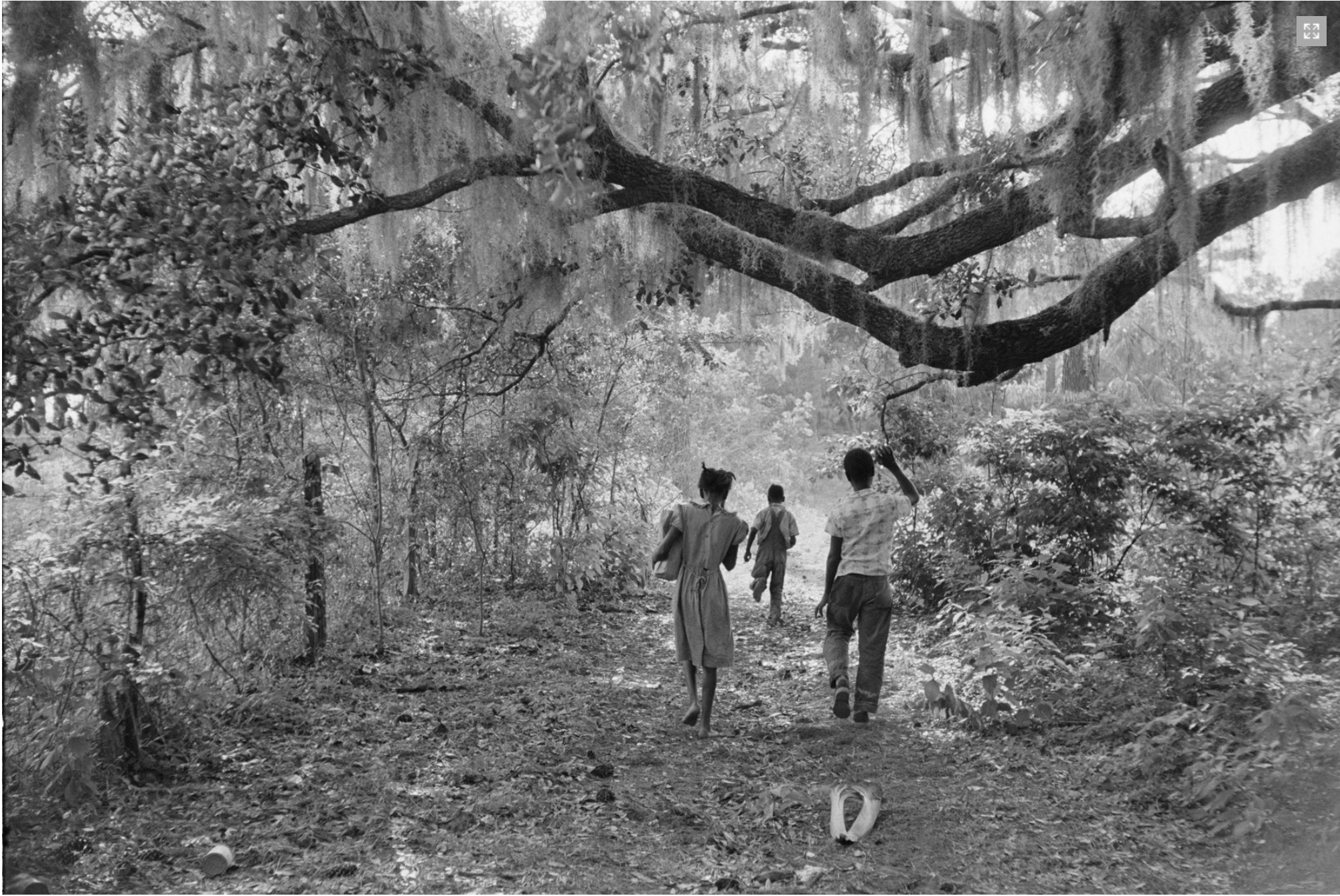My First Leica
At the age of thirteen I joined the school camera club in my hometown of Columbia, South Carolina. I immediately became a passionate devotee of the darkroom and the craft of photography. The year was 1947. Many years later a student of mine would point out that that was the same year Magnum Photos was founded. By the age of fifteen my work was appearing in the Sunday magazine of The State, the largest newspaper in South Carolina.
In those days there was usually one person in high school who had the camera with f/stops and shutter speeds and used an exposure meter. That was me: I had two Rolleiflexes and had never heard of a Leica. I was called upon to make all the pictures for the school newspaper and yearbook, both in high school and at the University of South Carolina - where I majored in English Literature.
A short time after my introduction to photography, I decided to make it my career. But what kind of photographer would I be and how would it happen were two big questions. I knew nothing about the greater world of photography beyond my hometown. In those days I was a subscriber to Popular Photography magazine, and in one issue I saw an article about a photographer named Henri Cartier-Bresson – who was a founding member of an agency named Magnum Photos. At last I had found my mentor, even though he was far away in France. I was immediately attracted to Cartier-Bresson’s philosophy of the Decisive Moment and non-cropping of pictures. And I had also found where I wanted to belong one day, in Magnum Photos. My first goals were to find out what kind of camera and film Cartier-Bresson used. The camera was Leica and the film was Ilford. On Main Street there was a camera store with a huge KODAK sign outside. I went in and asked them if they had any Ilford film. “What is that?” they replied, but finally ordered some for me. I saved my money and purchased a used Leica IIIf with a 35mm lens, which unfortunately I no longer possess.
Now, I had to make some serious pictures with my new film and camera. I had heard of an isolated island named Daufuskie off the coast of South Carolina inhabited by African-Americans, who made their living gathering oysters and crabs. Taking some days off from my studies I made my way to the island. I was well aware of Cartier-Bresson’s admonitions about not cropping and capturing the “decisive moment.” The year was 1952, and I was eighteen years old. As soon as I had my new pictures from Daufuskie, I took the Greyhound bus to New York with a box of prints under my arm and visited the office of Magnum Photos. One person I met at the office was Cornell Capa, who politely looked at my prints and invited me to come have a drink with him. I had never been in a bar. He asked what I would like to have, and I replied “the same as you.” It was my first taste of Scotch, and I have been drinking it ever since. After graduation from university and two years of compulsory military service I went to New York, renewed my contact with Magnum, and actually did some work for them when they needed a spare photographer. Fast forward to 1962, and I am in Greece making pictures for a book to be titled A Greek Portfolio. But I soon learned that if a stayed in Greece longer than a year I would be drafted into the Greek army because I am Greek, unless I can prove otherwise - which is impossible to do.
So I drove my VW Beetle to Paris and visited the Magnum office there. I took along a box of prints of the new pictures I had been making in Greece. I said hello to everyone at the office, left the box of prints, and drove back to Greece. About a year later, in 1963, I was in a remote village on top of a mountain on a Greek island when I received a large envelope filled with my mail and forwarded to me from Athens. Inside was a letter from Magnum Photos informing me that the annual meeting was held recently, and I was selected to become an Associate Member - obviously based on the box of Greek Portfolio prints I had left behind in Paris. I was overjoyed, but had no one with whom to share my happiness.
EDITOR’S NOTE by BILL ROSAUER
These images of Daufuskie Island are the first serious pictures made by Constantine Manos at age eighteen in 1952 with his first Leica, a IIIf. The portfolio consists of thirty-one images that have never been published before.
Daufuskie is a small island located off the coast of South Carolina. Many of the people in these images are descendants of the original slaves of the island plantation. They made their living harvesting oysters and crabs in the local waters.
Manos returned last year for the first time since his initial visit to find that most of these people had moved to the mainland. The oysters and crabs on which they had depended for their livelihood had been destroyed by pollution, and the people had moved to the mainland in search of a better life. Their abandoned houses have been overtaken by the forest.


